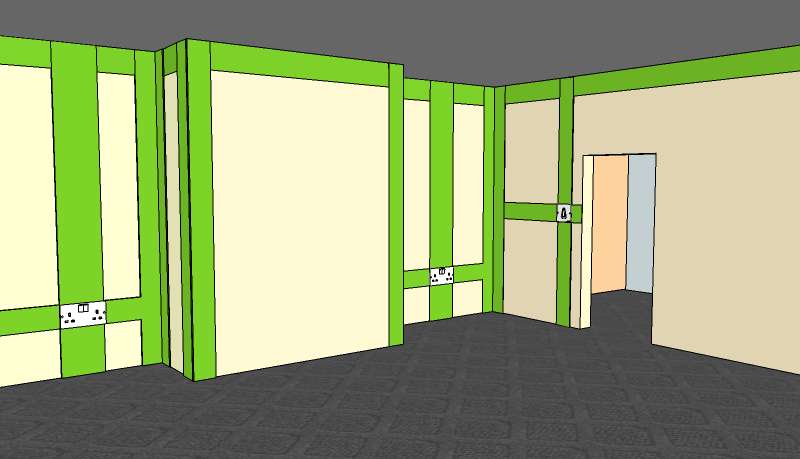- Joined
- 24 Aug 2015
- Messages
- 37
- Reaction score
- 0
- Country

I took a look at the survey that was filled out when we bought the house. All the walls except the one that divides my mother's room and my brother's room are plaster bonded to brick. Masonry was also mentioned.
Moreover, the wall that I want my socket on is the one shown in the picture. I'd like it to the left of the left socket.
Would I need metal backboxes and a masonry drill piece to do this job? Damn old houses that don't have plasterboard...
Moreover, the wall that I want my socket on is the one shown in the picture. I'd like it to the left of the left socket.
Would I need metal backboxes and a masonry drill piece to do this job? Damn old houses that don't have plasterboard...

